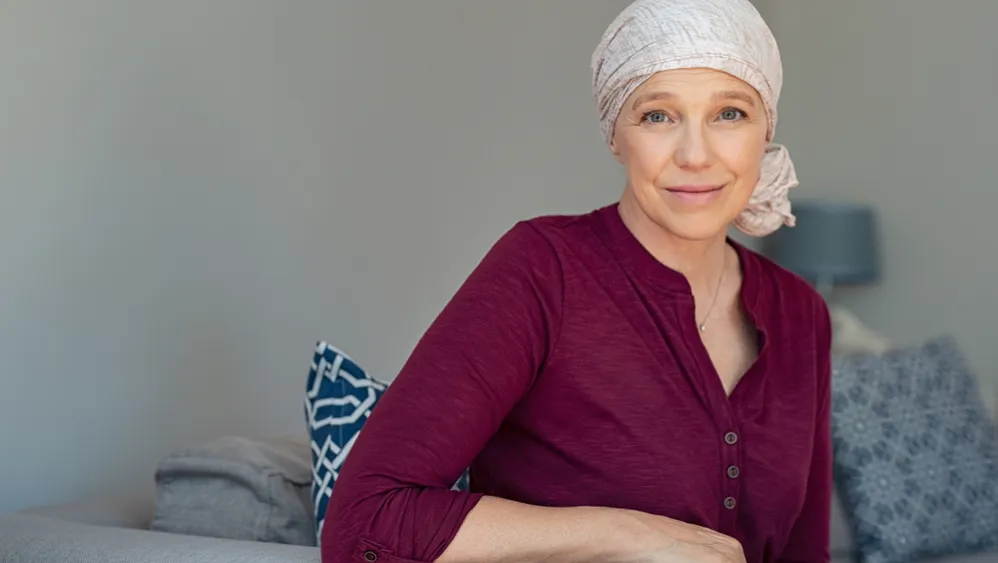
When women reach for a bottle of shampoo, a jar of moisturizer, or a tube of lipstick, they do so with the expectation that these products are safe. But beneath the polished packaging and sweet-smelling formulas, many health and beauty products harbor toxins that may pose significant health risks—including cancer.
This is not just a personal issue—it’s a public health concern that demands legislative action, consumer education, and strong community support. Women should not have to choose between self-care and safety. It’s time to raise our voices and advocate for a future where all beauty products protect rather than endanger.
The U.S. personal care industry is surprisingly under-regulated. Unlike food and drugs, cosmetic products do not require FDA approval before hitting the shelves. As a result, thousands of chemicals—many untested or banned in other countries—can legally be included in products used daily by millions of women.
Some of the most concerning ingredients include:
The health and beauty industry markets these products aggressively, especially toward women, yet fails to disclose the full extent of potential health risks. This creates a false sense of trust and leaves consumers vulnerable.
Although research is ongoing, there is growing evidence linking prolonged exposure to certain chemicals in beauty products to increased cancer risk. Some of the cancers of concern include:
The link between these cancers and health and beauty products underscores the urgent need for consumer education and safer regulations.
Despite the known risks, U.S. legislation on cosmetic safety has remained largely unchanged since 1938. However, momentum is building, thanks to advocacy groups, health professionals, and communities demanding reform.
Some key legislative efforts include:
As consumers, women have the power to influence these efforts. Supporting legislation, contacting representatives, and joining advocacy groups amplifies the call for change. Legislation is one of the most effective ways to ensure that health and beauty products meet basic safety standards.
Until stronger laws are passed, education is the most powerful tool consumers have. Here’s how women can reduce their risk and shop smarter:
Knowledge should not be a privilege. Access to safe products and truthful information must become a basic right.
For women who have experienced cancer or health scares linked to beauty product toxins, the emotional toll can be just as significant as the physical. Grief, anger, guilt, and fear are common reactions—and no woman should have to navigate them alone.
Counseling support plays a vital role in healing. Individual therapy, support groups, and holistic approaches like art therapy or mindfulness can offer relief and guidance. Whether a woman is managing a diagnosis, coping with anxiety over past exposure, or making lifestyle changes, professional support can help her process the experience and reclaim a sense of control.
Encouraging open conversations within families and communities reduces stigma and fosters a more compassionate, informed network of care.
This is more than a women’s issue—it’s a community health issue. It affects mothers, daughters, sisters, and friends. When one woman is at risk, we all are. Advocacy must become a shared mission that starts with education, action, and support.
Let’s push for legislation that protects women’s health. Let’s support organizations demanding transparency and clean formulations. Let’s hold the beauty industry accountable for the safety of its products. And above all, let’s continue to educate ourselves and each other.
Because beauty should never come at the cost of health.